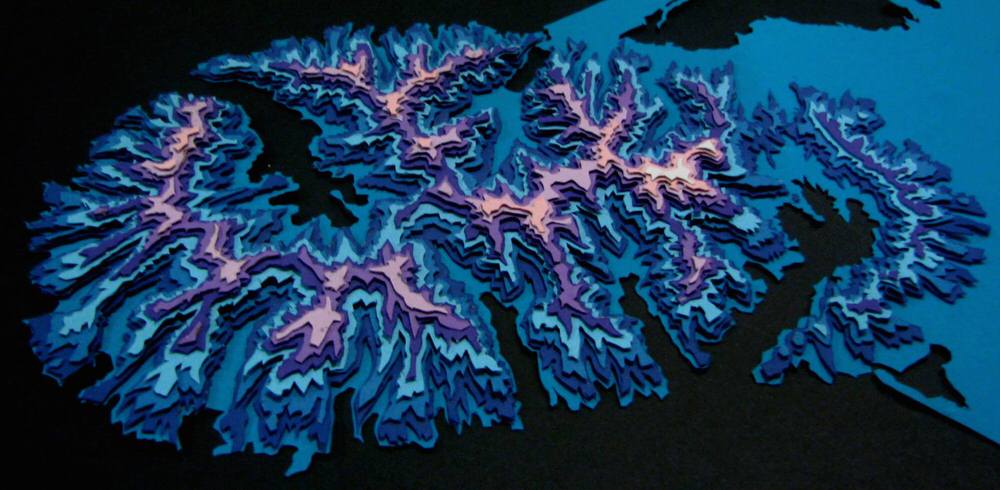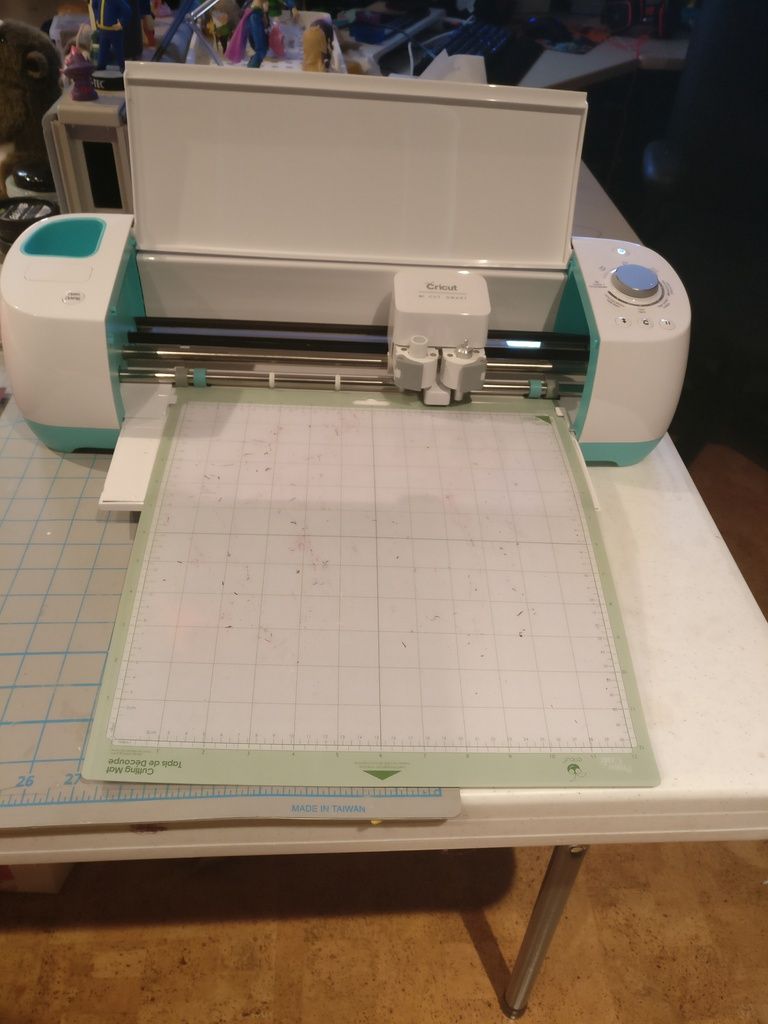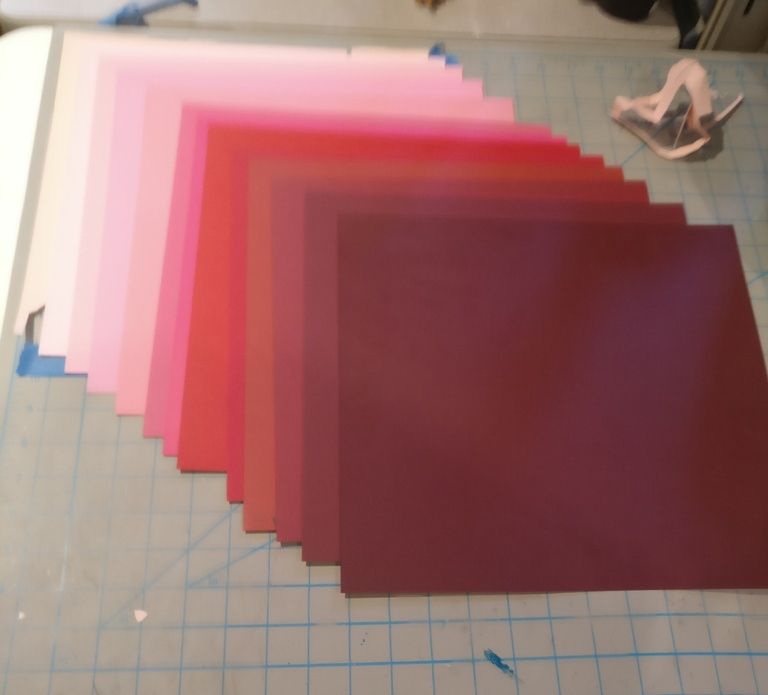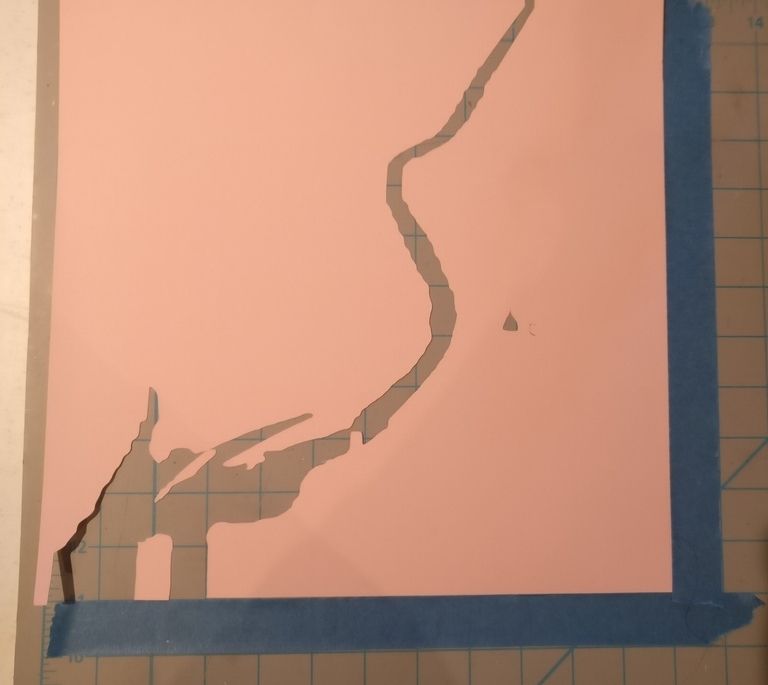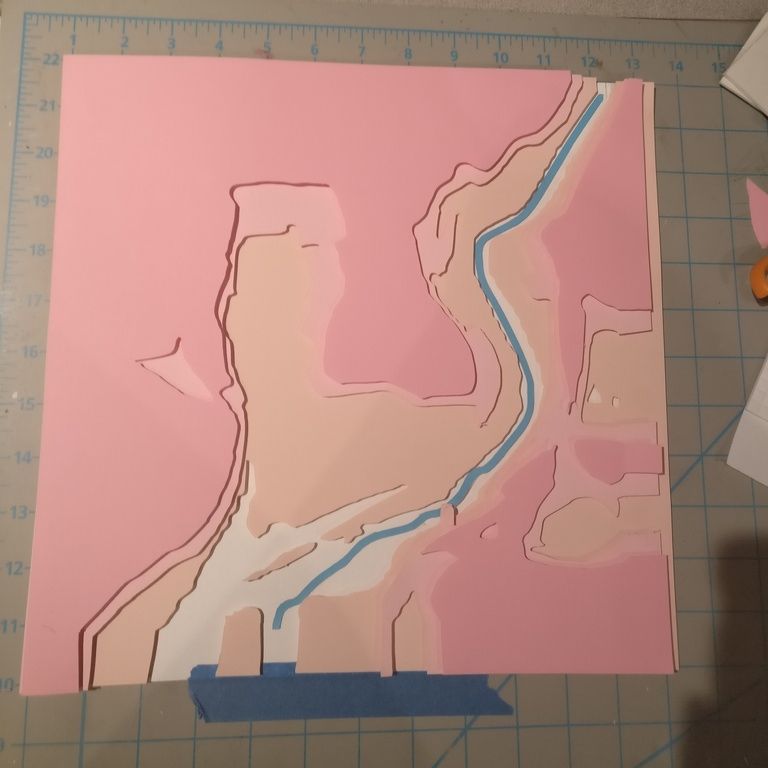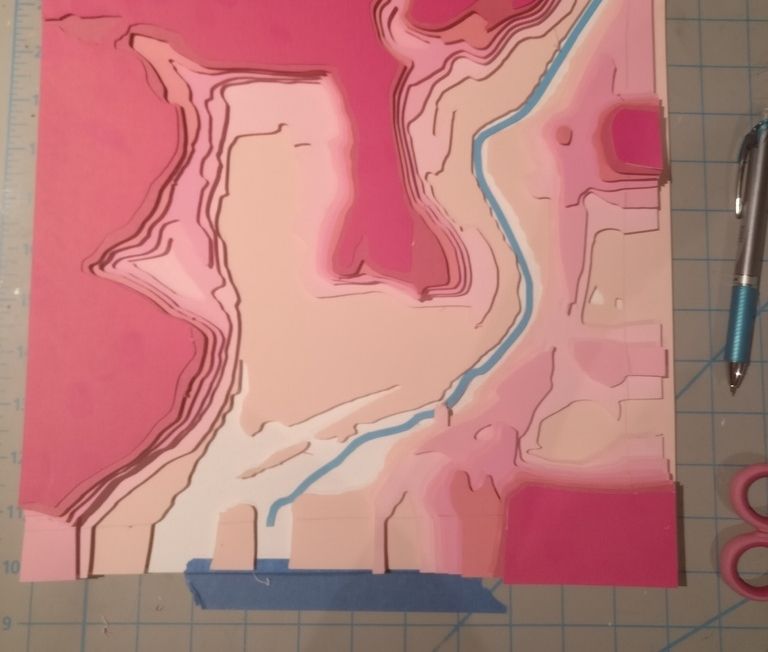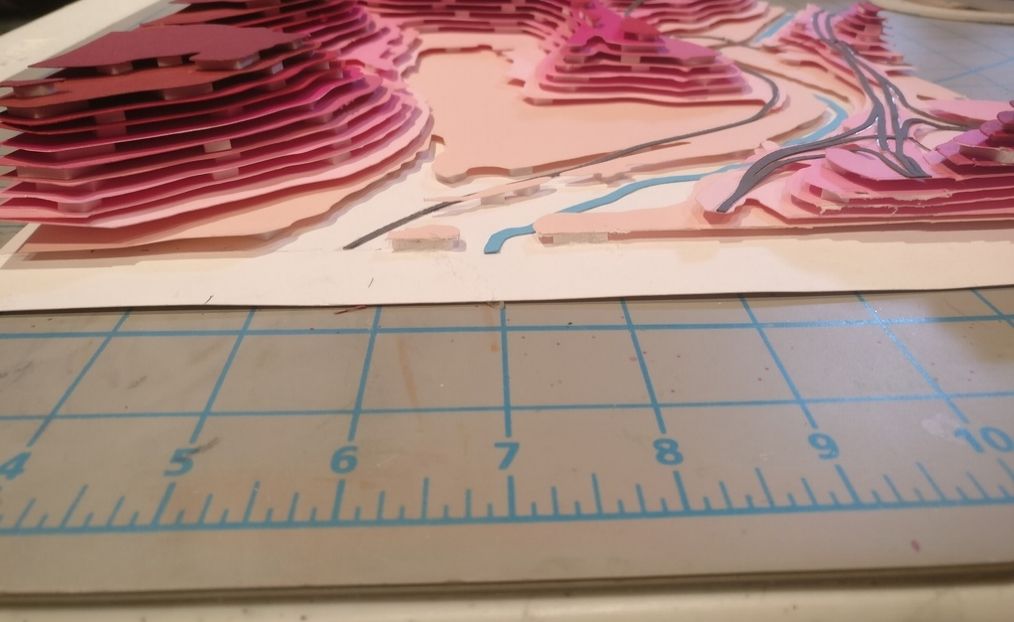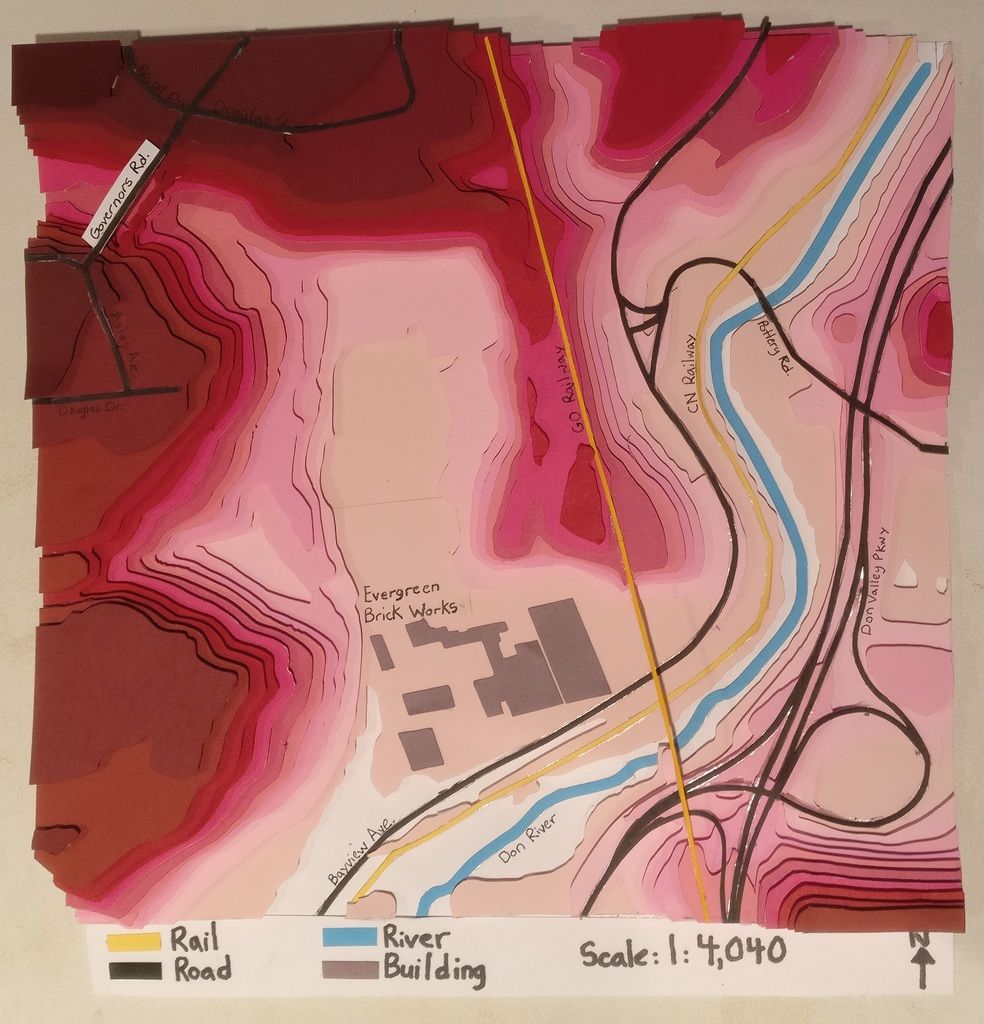By: Dylan Oldfield
Geovis Class Project @RyersonGeo, SA8905, Fall 2018
Introduction:
The inspiration for this project came from the visual utility and futuristic look of holographic maps from the 2009 movie Avatar by James Cameron. Wherein there were multiple uses for holographic uses in several unique scenarios; such as within aerial vehicles, conference tables, and on air traffic control desks. Through this, the concept to create, visualize and present a current day possibility of this technology began. This technology is a form of hologram that visualizes geographically, where the user is, while operating a vehicle. For instance, the use of a hologram in a car for the everyday person displaying their navigation in the city guiding them to their destination. Imagine a 3D hologram real-time version replacing the 2D screen of google maps or any dashboard mounted navigation in a car. This application can even be used in aerial vehicles as well, imagine planes landing at airports close to urban areas, but fog or other weather conditions making safe landing and take-off difficult. With the use of the 3D hologram, visualization of where to go and how to navigate the difficult weather would be significantly easier and safer. For these 2 unique reasons, 2 scenarios or maps, were recorded into videos and made into 3D holograms to give a proof of concept for the use of the technology in cars and planes.
Data:
The data to make this project possible was taken from the City of Toronto Open Data Portal and consisted of the 3D massing and Street .shp files. It is important to note that in order for the video to work and be seen properly, the background within the video and in the real-world had to have been as dark as possible otherwise the video will not appear fully. To make this effect, features were created in ArcGIS-Pro that ensured that the background, base, and ceiling in the 3D scene of the map were black. These features were, a simple polygon for the ceiling given a different base height, and the ‘walls’ for the scene was a line surrounding the scene and extruded to the ceiling. The base of the scene was an imported night-time base map.
Methodology:
- Map / Scene Creation Within ArcGIS-Pro
Within the mapping program ArcGIS Pro the function to visualize 3D features was used to extrude the aforementioned .shp files for the scene. All features were extruded in 3D from the base height with meters as the measurement. The buildings were extruded to their real-world dimensions and given the colour scheme of fluorescent blue so as to provide contrast for buildings in the video. The roads were extruded in such a way so as to give the impression that sidewalks existed. The first part for making this was with buffering the roads to a 6 meter buffer, dissolving it to make it seamless, and extruding it from the base, creating the roads. The inverse polygon from the newly created roads was created and extruded slightly higher than the roads. The roads were then given differing shades of grey so as to adhere to the darkness of the scene but also to provide contrast to each other. This effect is seen in the picture below.

- Animation Videos Creation and Export
Following the creation of the scene the animation or videos of “driving” through the city and “flying” into Billy Bishop Airport were created. Within ArcGIS-Pro the function to create Animations through the consecutive placements of key frames allows for the seamless running of a video in any 3D scene created. The key frames are essentially checkpoints in a video and the program fills the time and space between each frame by traveling between the frames as a video. The key frames are the boxes at the bottom of the image below.

Additionally, as seen in the image above, is the exporting options ArcGIS-Pro makes available for the user. The video can be exported at differing qualities to YouTube, Vimeo, Twitter, MP4, and as a Gif among other options. The 2 videos created for this project were at 1080p, 60 frames a second in MP4 format. Due to the large size of the videos with these chosen options, the exporting process took over 2 hours for each video.
- PowerPoint Video Transposition and Formatting
The way the hologram functions is by refracting the videos through each of the lenses into the center creating the floating effect of an image. For this effect to work the video exported from ArcGIS-Pro was inserted into PowerPoint and transposed 3 times into the format seen in the image below. Once the placements were equal and exact the background, as mentioned previously, was turned black. The videos were made to play at the same time and then was exported for a second time into a MP4 as the final products.

- Hologram Lenses Template Creation
The hologram lenses were created out of 4 clear CD cases. The templates for the lenses needed to be physically compatible with the screen display of the video created. The screen used was from a 5th Generation iPad. After the template was defined they were cut out of the 4 CD cases with a box cutter and lightly sanded at all cut edges so as to ensure they would not cut anyone, and so that the surfaces in contact with the epoxy would bond without issue. After this an epoxy resin was used to glue the 4 lenses into their final shape. While the epoxy had a 10 setting time, it was left for 3 hours to ensure it was fully set. After this the lenses was complete and ready for use. The final lens and the iPad used for the display are seen in the image below.

Finally, here is a screen shot of the City of Toronto “Driving Navigation” video:
































